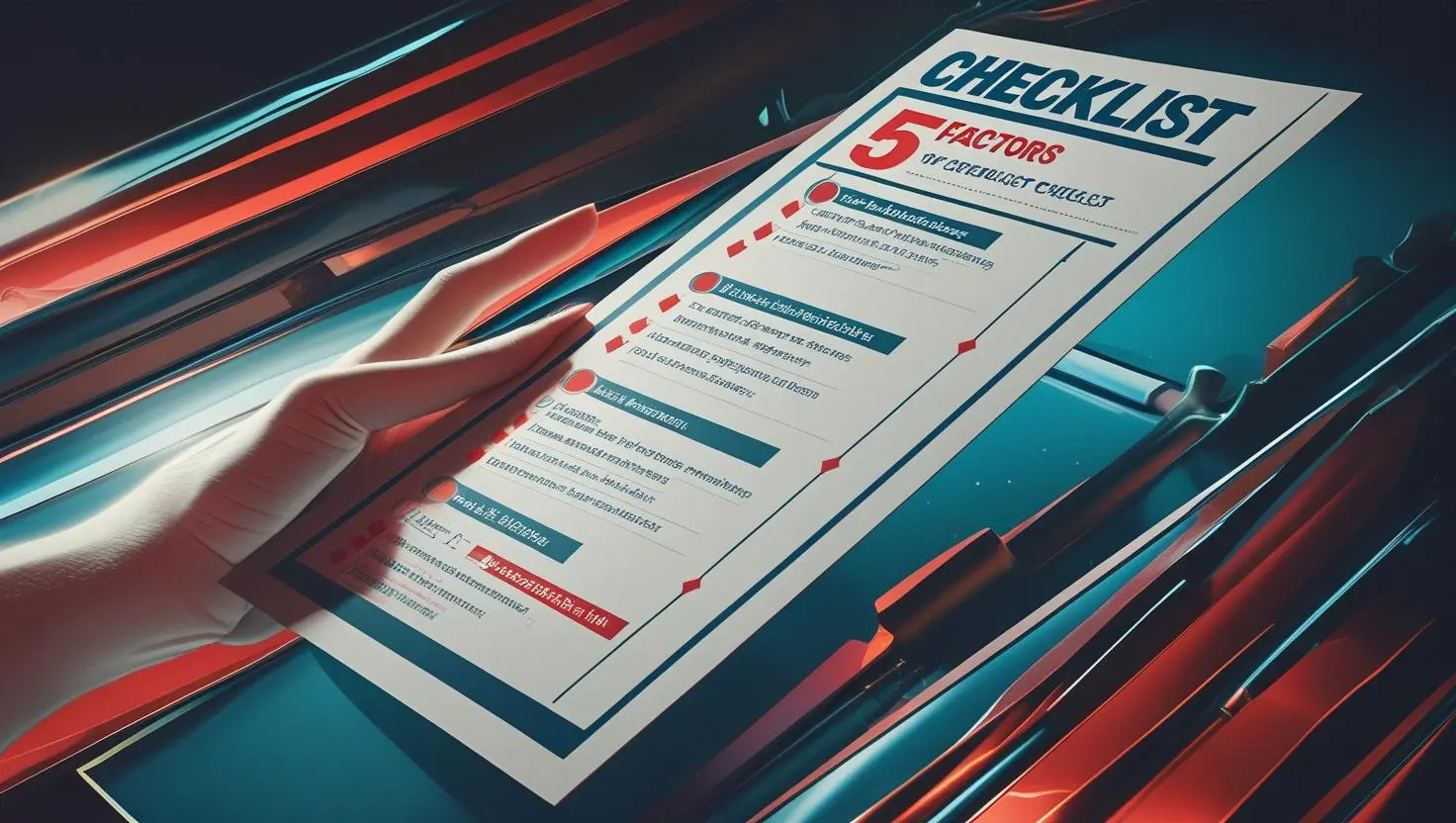7 Essential Steps to Master Your Car Buying Guide in India
Imagine this: you’re scrolling through social media, and your friend posts a picture of their shiny new SUV, sunroof open, cruising down a scenic highway. Suddenly, you’re hit with the urge to buy a car—*that* car. It’s not just about getting from point A to B; it’s about feeling accomplished, turning heads, and maybe even flexing a little. But before you sign that loan agreement, let’s hit pause. Buying a car in India is a big deal—only one in 12 households owns one, so it’s a status symbol as much as a vehicle. The problem? That thrill can turn into financial stress if you’re not careful. In this car buying guide, I’ll walk you through seven practical steps to ensure you can afford your dream ride without derailing your financial future. Ready to make a smart choice? Let’s dive in.
What is a Smart Car Buying Guide?
A car buying guide is more than a checklist—it’s a roadmap to making an informed, financially sound decision about one of the biggest purchases you’ll make. Think of it like planning a cross-country trip: you wouldn’t just hop in the car without a map, right? Similarly, a good guide helps you navigate the emotional pull of a flashy SUV, the practicalities of your budget, and the long-term impact on your wallet.
Let me share a quick story. A few years ago, a colleague of mine, Rohan, fell in love with a sleek SUV. He was in his mid-20s, earning a decent salary, and wanted to “look the part.” He took out a hefty loan, only to realize a year later that the EMIs, fuel, and maintenance were eating up nearly half his income. He had to skip vacations and delay other goals, all because he didn’t have a plan. A car buying guide helps you avoid Rohan’s mistake by balancing desire with discipline.
Why Should You Care About a Car Buying Guide?
Why does this matter? Because buying a car isn’t just about the price tag—it’s about your financial freedom. A car can boost your confidence and convenience, but if it stretches your budget too thin, it becomes a burden. In India, where EMIs can feel like a second rent, overspending in your 20s can limit your options in your 30s and 40s—when life’s bigger expenses like a home or kids come knocking.
Take Priya, a 28-year-old marketing professional. She wanted an SUV for weekend getaways but didn’t account for maintenance and fuel costs. Two years later, she was stressed about meeting EMI payments when her company delayed her bonus. A car buying guide would’ve helped her set realistic expectations and avoid “success stress”—the anxiety of banking on future income that’s not guaranteed. By planning smartly, you can enjoy your car and still save for your future.
5 Key Factors to Consider in Your Car Buying Guide
To make a wise purchase, you need to weigh several factors. Here are five critical ones, each with practical insights to guide you:
1. Your Actual Need for the Car
Do you *need* a massive SUV, or is a sedan or hatchback enough? SUVs are tempting—those rugged looks and high seats scream “I’ve made it!” But if you’re a single professional commuting 10 minutes to work in a city like Delhi, do you need off-road capability? Ask yourself: *How many people will I regularly drive?* If it’s just you and a partner, a compact SUV or sedan might be smarter.

2. Budget Fit (The 15% Rule)
Your car’s total cost—EMI, fuel, insurance, maintenance—shouldn’t exceed 15% of your disposable income (post-tax salary). For example, if you earn ₹20 lakh annually, after taxes, you might have ₹17 lakh. That means your car’s annual cost should stay under ₹2.55 lakh. A ₹15 lakh SUV with a 5-year loan at 9% interest, plus fuel and maintenance, could cost ₹2.92 lakh yearly—pushing you over the limit. Overspending here can strain your savings.
3. Safety First
Not all cars are created equal. Check safety ratings (like Global NCAP) for airbags, build quality, and crash test scores. A shiny sunroof won’t help if the car lacks stability control. Research models thoroughly—your safety is worth it.
4. City Infrastructure
Does your city support your dream car? Narrow roads, heavy traffic, or limited parking can make a big SUV a hassle. If your commute is short, a fuel-efficient sedan might be a better fit than a gas-guzzling beast.
5. Driving Pleasure
A car should feel good to drive, not just look good. Take multiple test drives to ensure the car’s handling, comfort, and features (yes, even that sunroof) match your vibe. Don’t fall for the upsell of a top-tier model if a mid-range one suits you.

How to Implement Your Car Buying Guide (5 Actionable Steps)
Ready to put this car buying guide into action? Follow these steps to make a purchase you won’t regret:
1.Calculate Your Budget: Use the 15% rule. Add up EMI, fuel, insurance, and maintenance costs for your chosen car. Online calculators (linked in the description of the original video) can help. For a ₹15 lakh car, expect annual costs around ₹2.92 lakh over 10 years.
2. Compare Models: Shortlist 2-3 cars that fit your needs and budget. Compare fuel efficiency, safety ratings, and resale value. Compact SUVs are often more affordable than full-size ones.
3. Test Drive Thoroughly : Drive each car in city and highway conditions. Notice comfort, noise, and handling. Don’t let a flashy showroom demo sway you.
4. Negotiate Smartly: Dealerships often inflate prices or push add-ons. Research on-road prices and negotiate for discounts or free accessories.
5. Plan for the Long Term: Ensure your car fits your 5-10 year financial plan. Will you still afford the EMIs if your income dips? Build a small emergency fund to cover unexpected costs.
Which of these steps feels most doable for you right now? Share your thoughts in the comments!
Common Mistakes to Avoid When Buying a Car
Let’s be real—buying a car is exciting, but it’s easy to trip up. Here are three common mistakes and how to dodge them:
Falling for Social Status: We’ve all seen that neighbor with a fancy SUV and thought, “I need one too!” But buying a car to impress others can lead to overspending. Focus on what *you* need, not what looks cool on Instagram.
Ignoring Total Costs: Many buyers focus only on the on-road price, forgetting fuel, maintenance, and insurance. Use a cost calculator to see the full picture before committing.
Assuming Future Income: I’ll get a raise next year, so I can afford this EMI!” sounds hopeful, but it’s risky. Plan based on your current income to avoid “success stress.”
Final Thoughts
Buying a car is a milestone, but it shouldn’t cost you your financial peace. By following this car buying guide—assessing your needs, sticking to the 15% rule, prioritizing safety, and planning for the long term—you can drive off with confidence and cash still in your pocket. Don’t let the thrill of a new ride cloud your judgment. Take control today.
What’s one step you’ll take to make your car purchase smarter? Drop it in the comments below, or try out the car cost calculator linked in the original video. Your future self will thank you!
Blog by Santu Das
Personal Finance Educator | Simplifying Money for Everyday Lives